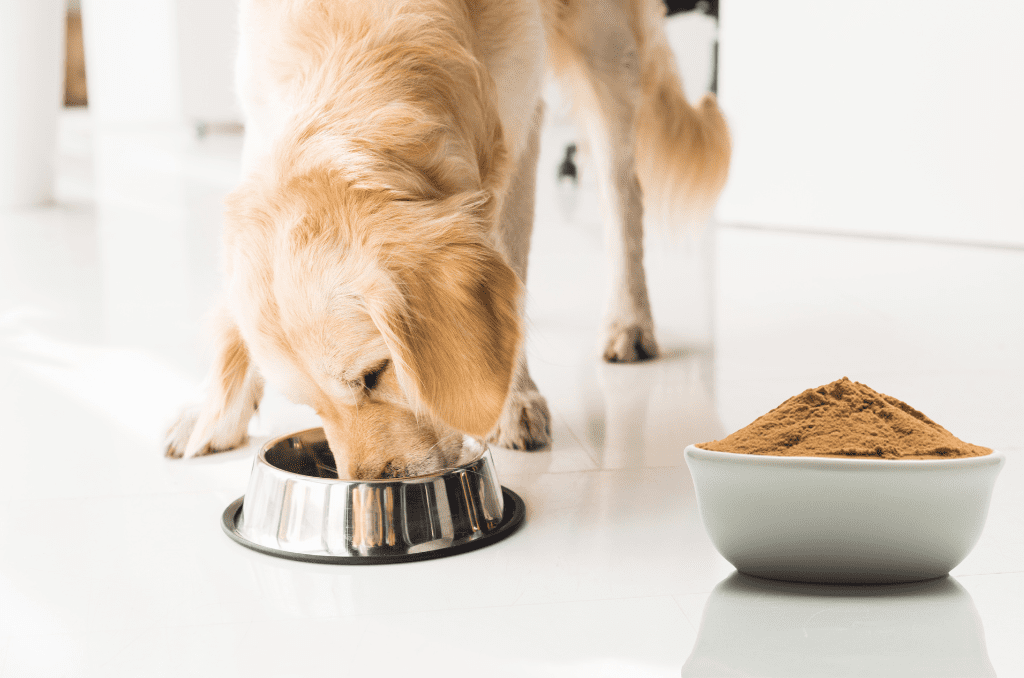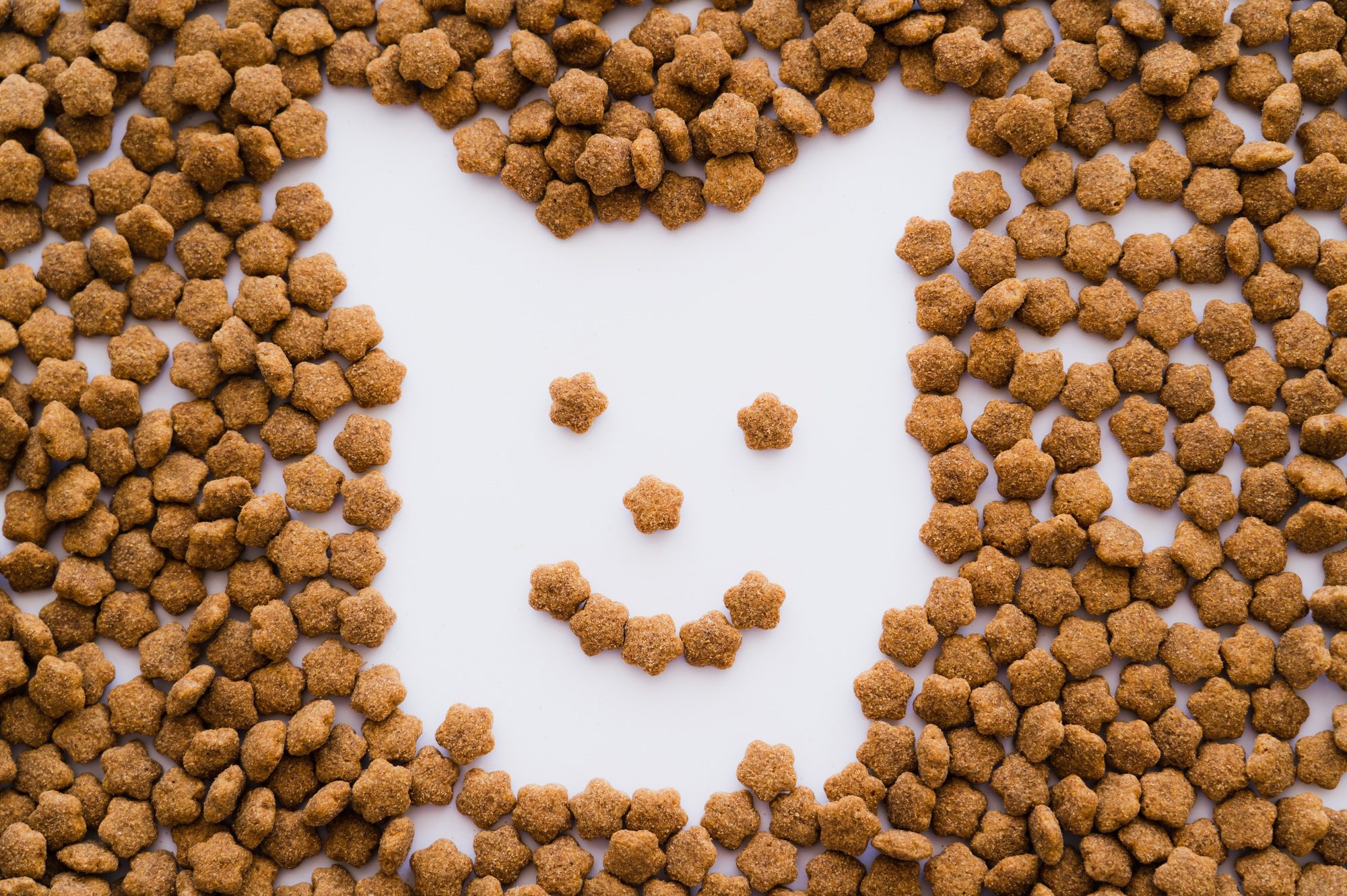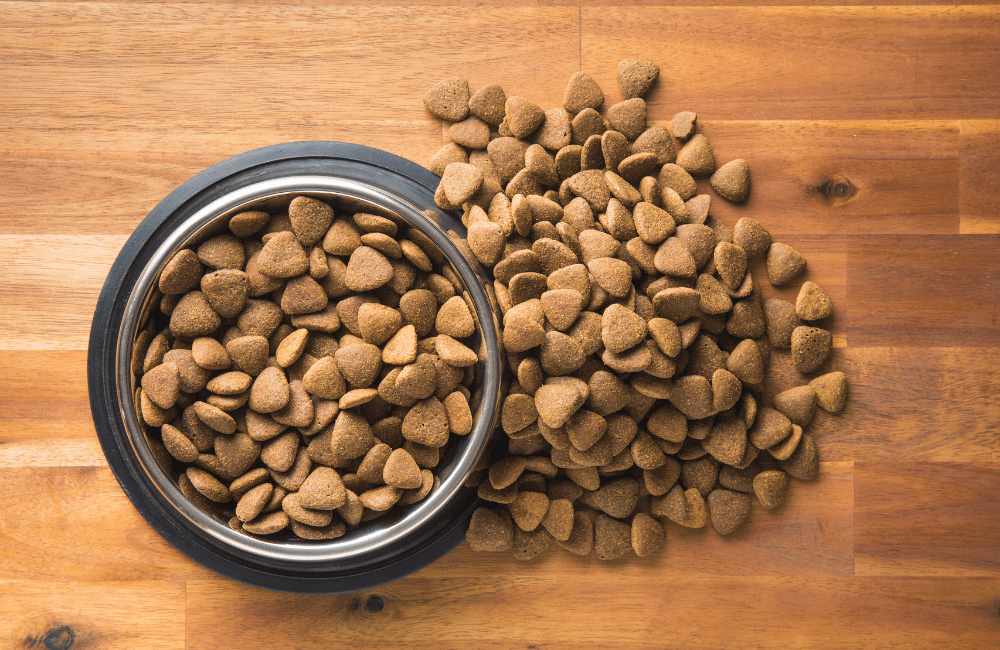Are Additives in Dog Food a Boon or a Bane?
Ever wondered why your dog prefers one brand of kibble over another? Or why some dog food lasts longer on the shelf without spoiling? The answer often lies in the additives. But should you be concerned?
Great question! In short, additives aren’t inherently bad; they serve practical purposes such as enhancing flavor and prolonging shelf life. However, it’s crucial to know what kind of additives are in your dog’s food and whether they are safe.
That said, let’s dive in, shall we? Grab a cup of your favorite brew because you’ll want to stick around for this enlightening discussion.

What Are Additives and Why Are They Used in Dog Food?
So, what exactly are additives? In the most basic terms, they’re substances added to dog food to improve its quality, flavor, and shelf-life. Additives come in various types and serve different functions. PetMD
The primary purpose of using additives in dog food is to enhance its appeal and extend its shelf life. Remember, this isn’t just about the human palate; we’re talking about our furry friends who can be quite picky eaters. Ontariospca
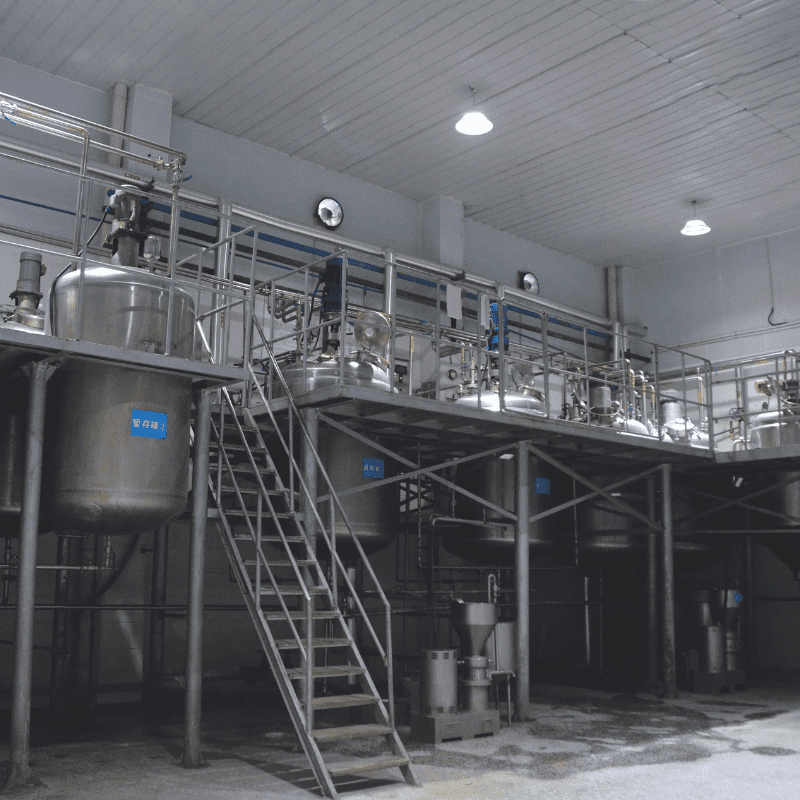
How Do Additives Affect the Palatability of Dog Food?
Here’s where it gets fascinating, especially for someone like me who specializes in pet food palatability. Additives, such as flavor enhancers and palatants, make the food more appealing to your canine companion.
Take it from me; palatability isn’t just a fancy term. It’s an area backed by rigorous research and science. We’ve conducted several case studies at Profypet that demonstrate how the right additives can make your dog fall in love with its food.
What Types of Additives Are Commonly Used?
Now let’s break it down to the nitty-gritty. There are primarily three types of additives you’ll find in dog food:
- Preservatives: These extend the shelf life of the product. Some natural options like vitamin E are available.
- Flavor Enhancers: Make the food taste better.
- Coloring agents: Mostly for visual appeal, mainly to humans.
So yes, while you’re ogling the colorful kibble, remember, it’s not just for Fido; it’s for you too!
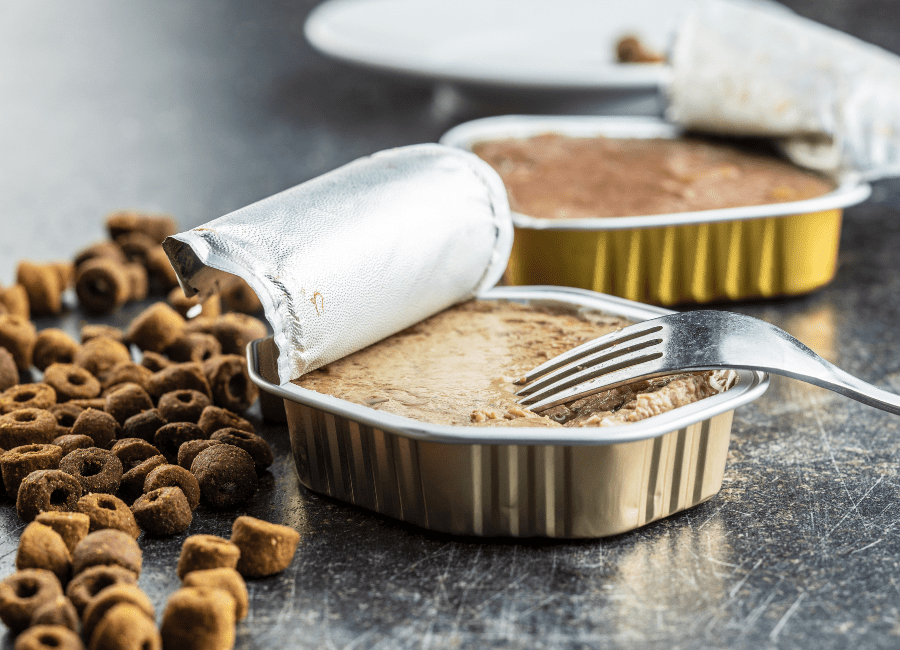
Are All Additives Safe for Dogs?
Not all additives are created equal, my friends. While most are generally recognized as safe (GRAS) by governing bodies, some can be controversial.
At Profypet, we adhere to all the safety norms laid down by the IFS, BRC, and ISO22000. But remember, you, as a conscious consumer, need to read those labels.
How Can You Choose a Dog Food with Safe Additives?
As someone who lives and breathes this industry, here’s my golden nugget of advice:
- Read Labels: Look for names you recognize.
- Trust Reputed Brands: Like, ahem, Profypet!
- Consult a Vet: When in doubt, always seek professional advice.
In Mark’s case, who is pretty sensitive to quality but also seeks competitive pricing, scrutinizing labels and consulting vets can save a lot of headaches down the road.
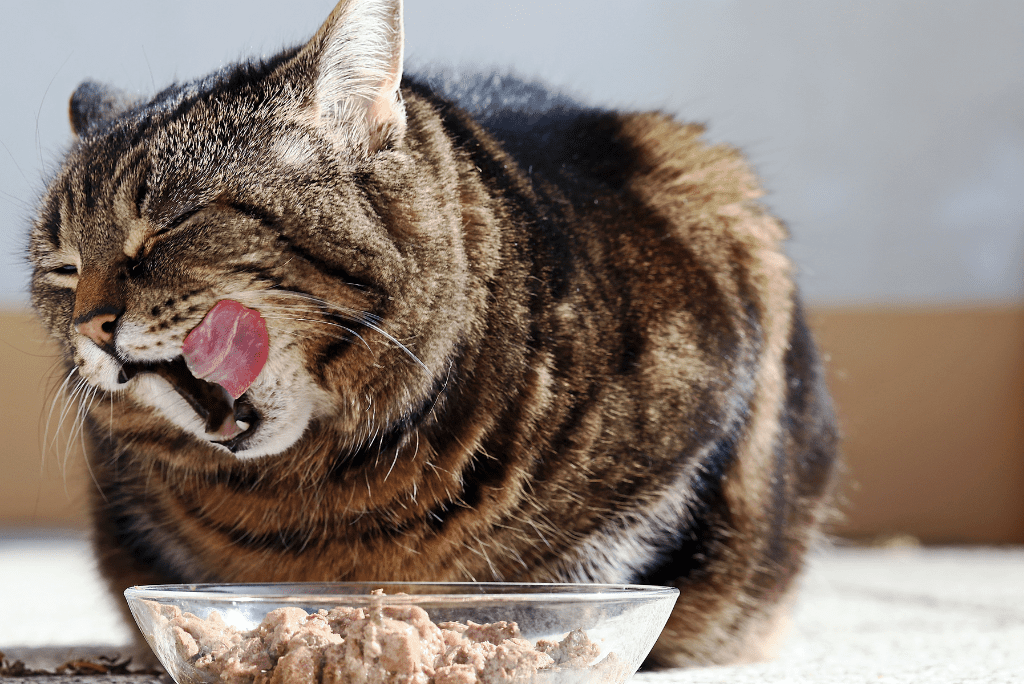
Do Dogs Actually Need Additives in Their Food?
A perplexing question indeed. While additives can enhance the food’s properties, dogs primarily need a balanced diet. Fake Link
However, some additives offer additional nutrients and can be beneficial. It’s always wise to consult with experts and read scientific research to get the full picture.
More Related Questions
Natural vs Synthetic Additives: Which is Better?
It depends on numerous factors like the dog’s health condition, age, and specific dietary requirements.
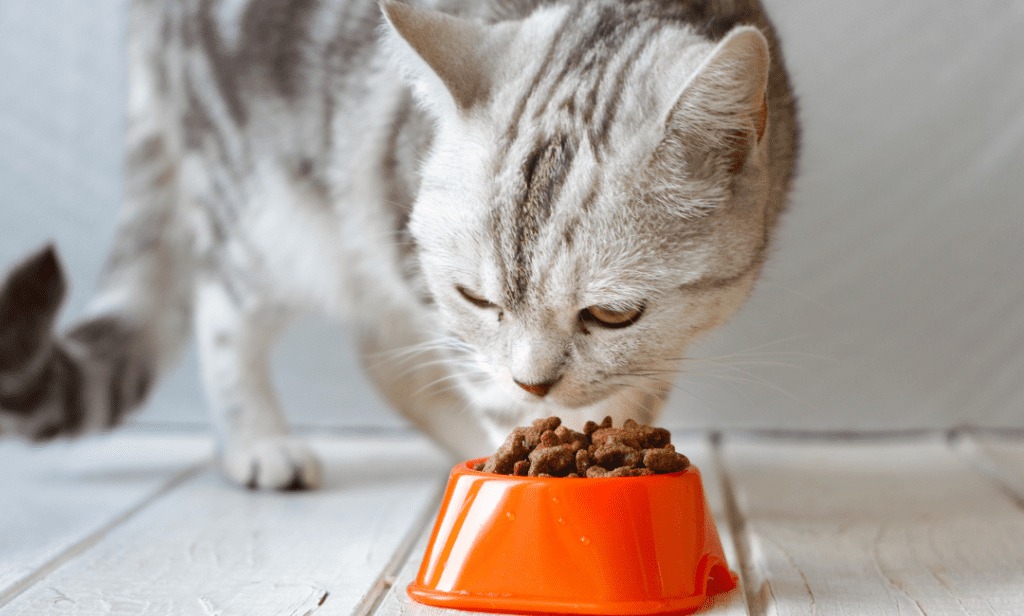
Are There Any Long-term Effects of Additives on Dogs?
The jury is still out on this one. However, most quality-controlled additives are considered safe for long-term consumption.
Conclusion
In essence, additives in dog food serve practical purposes like enhancing flavor and extending shelf life. But it’s imperative to be discerning about what kind of additives are in your dog’s diet. After all, they’re more than just pets; they’re family. Choose wisely.
Now, go give your pooch some love. Or better yet, a well-chosen treat!

